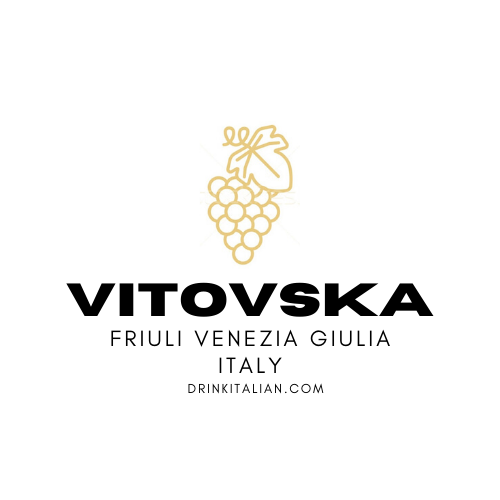
Botanicals in the Vermouth
Although Vermouth was born in Italy, most of the botanicals used in this aromatized fortified wine are not typical of Italy, like for example the Wormwood. Let’s discover together the secret of this famous Italian Aperitif.
Wormwood / Artemisia Absinthium
Every producer has its own proprietary recipe, their own maceration, and extraction process, and a tradition passed generation through generation. Nonetheless, there are some ingredients that must be in the Vermouth recipe. For example, the wormwood, which actually gives the name to this wine: Vermouth comes from the German word Wermut and it means wormwood.
Even if wormwood was one of the original and central botanicals of the medicinal wine, some producers are not using it anymore and just use a small amount of it as the use was prohibited in the early 20th century.
The Latin name is Artemisia Absinthium (which is yes the same as the Absinthe spirit) and it is a silvery-green perennial herb that is high by one meter and has large leaves, deeply rooted, of a greenish-grey on top and white below. Its little yellow flowers blossom between July and September.
In the late 1700s, a concoction of A. absinthium was brewed as a tonic for fevers, a digestive cleanser, and a drink to get rid of intestinal worms. It worked remarkably well, but it was extremely bitter so that other herbs and even honey were added to counter the awful taste.
Another main botanical in the Vermouth is Cinchona Bark also known as Quina. It was also a medicinal herb known for its curative power against fever and malaria, but it is used for increasing appetite; promoting the release of digestive juices and treating stomach problems. It is also used for blood vessel disorders, and muscle cramps.
Types of Botanicals in the Vermouth
- Bitters: cinchona bark (quinquina/quinine), sweet flag, licorice root, cascarilla, wormwood, angelica root, orris root
- Citrus: orange peel, lemon peel, lime peel, bitter orange, bergamot orange peel, pomelo peel
- Herbs: juniper, oregano, lavender, roman chamomile, dittany of Crete, orris root, gallic rose, angelica, marjoram, hyssop, ginger, coriander, st. john’s wort, honeysuckle flower, Kieffer lime leaves, sage
- Spices: clove, star anise, cinnamon bark, cardamom, tonka bean, vanilla, allspice, nutmeg, mace
The complete list of Botanicals in alphabetical order
Achillea
Angelica
Calamus
Cardamom
Cardo Santo
Cascarilla Bark
Chamomile
Chinchona Bark
Chinese Rhubarb
Cinnamon
Citrus peel
Clary Sage
Clove
Common Centaury
Coriander
Dictamnus
Egyptian Cornflower
Elderflower
Elecampane
Gentian
Germander
Ginger
Lavender
Licorice Root
Lungwort
Mace
Marjoram
Nutmeg
Orris Root
Quassia
Raspberry
Red Sandalwood
Rose
Saffron
St. Johns Wort
Star Anise
Teasel
Tonka Bean
Vanilla
Veronica
Violet
Wormwood/Mugwort
We are working on this Vermouth description. Please come back soon.
Send us an e-mail if you are looking for more info at
cheers@drinkitalian.com
Looking for interesting books about Vermouth and Fortified wine?
– Aperitif: A Spirited Guide to the Drinks, History and Culture by Kate Hawkings
– Vermouth: A Spirited Revival by Adam Ford
Additionally, you can discover other Italian Spirits.



